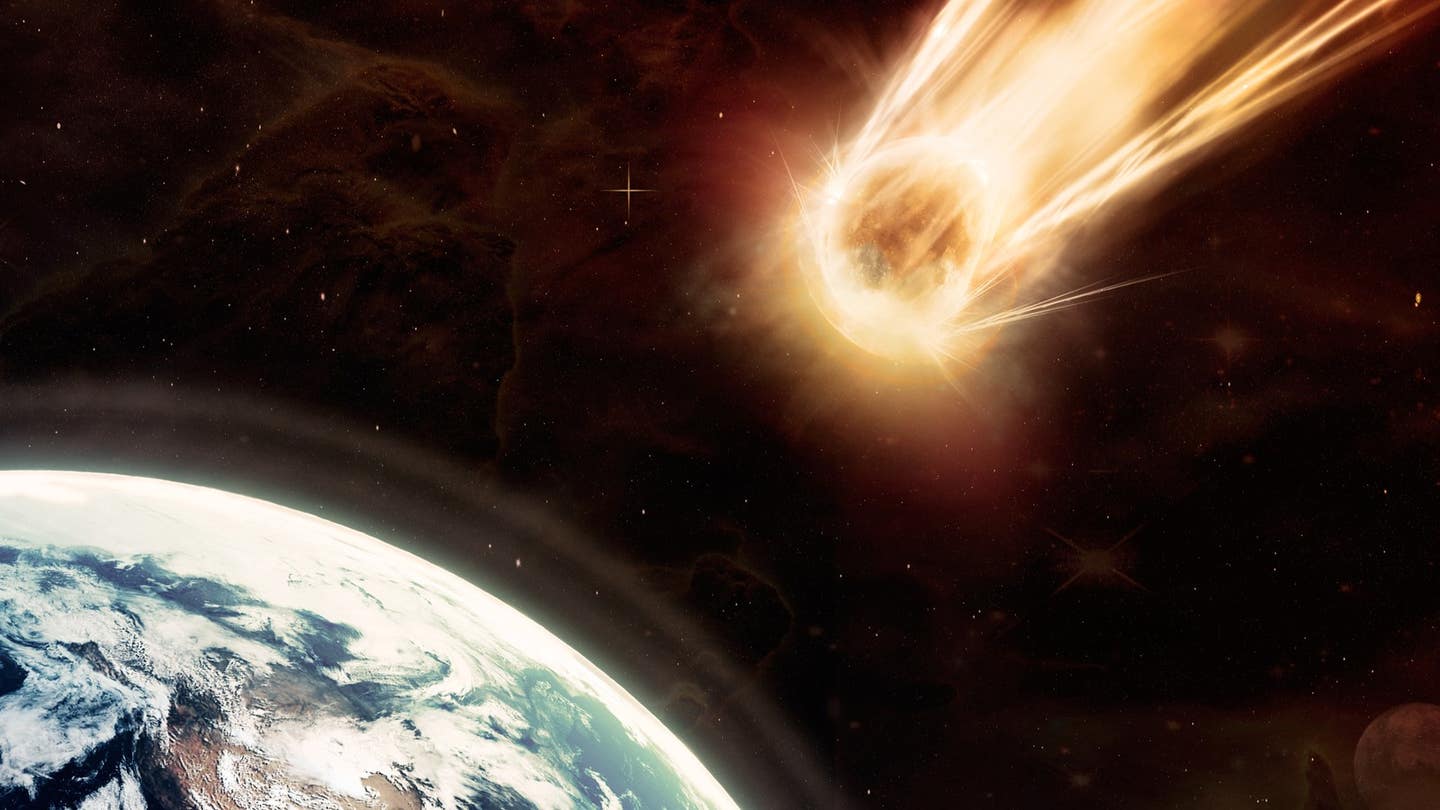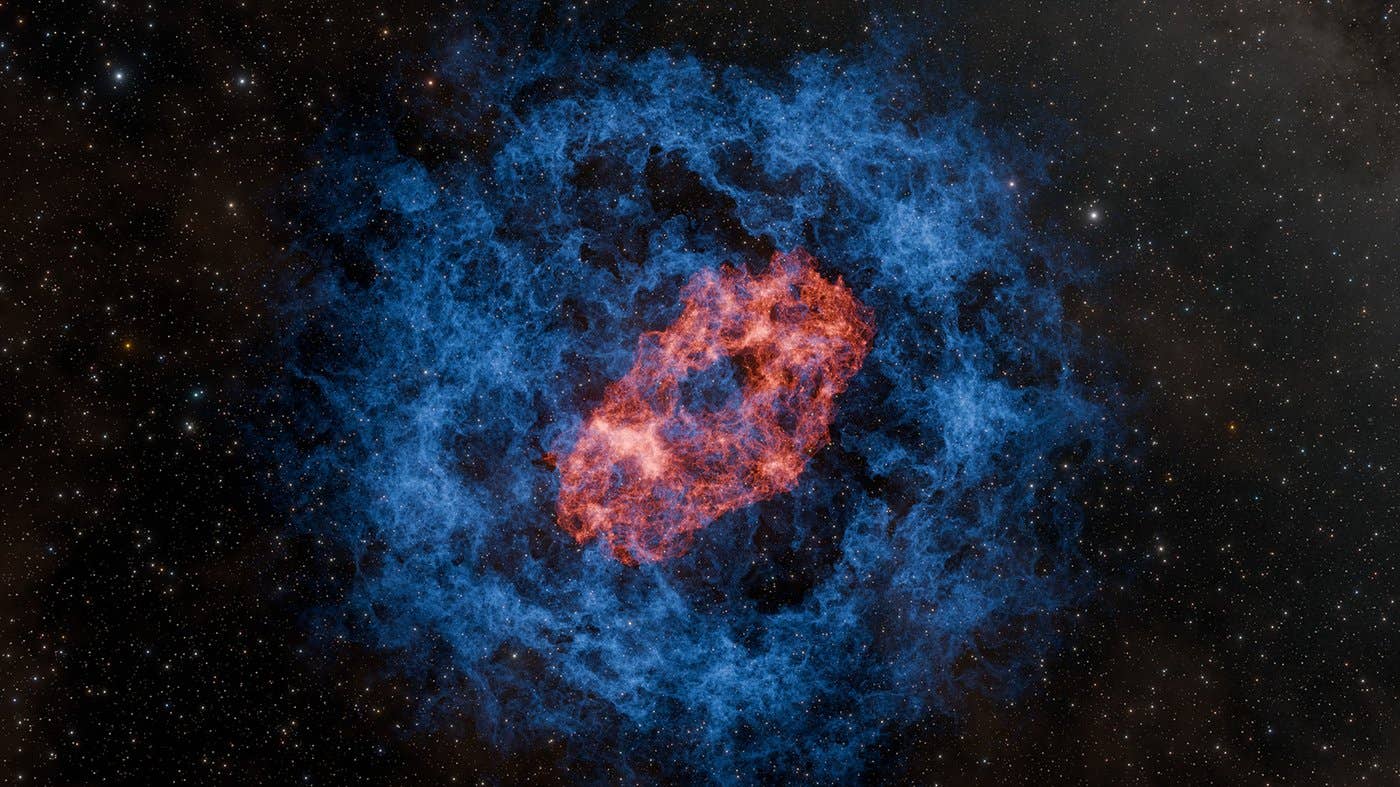Scientists finally identify the source of interstellar signal linked to aliens
Recent research has cast doubt on the origins of materials retrieved from the ocean floor last year.

Recent research has cast doubt on the origins of materials retrieved from the ocean floor last year. (CREDIT: Creative Commons)
Recent research led by Benjamin Fernando, a planetary seismologist at Johns Hopkins University, has cast doubt on the origins of materials retrieved from the ocean floor last year, purportedly linked to a meteor fireball that occurred in 2014 north of Papua New Guinea.
The findings suggest that the recorded seismic waves, previously attributed to the meteor, likely stem from vibrations generated by passing trucks rather than extraterrestrial events.
Fernando explained, “The signal changed directions over time, exactly matching a road that runs past the seismometer. It’s really difficult to take a signal and confirm it is not from something.
The area near the seismic station in Manus Island. (CREDIT: Roberto Molar Candanosa and Benjamin Fernando/Johns Hopkins University, with imagery from CNES/Airbus via Google)
But what we can do is show that there are lots of signals like this, and show they have all the characteristics we’d expect from a truck and none of the characteristics we'd expect from a meteor.”
Presenting their findings at the Lunar and Planetary Science Conference in Houston, Fernando's team will provide insights into their research.
Previously, seismic activity recorded at a station in Papua New Guinea's Manus Island was linked to a meteor entering Earth's atmosphere in January 2014.
Related Stories
Subsequent investigations in 2023 led to the discovery of materials on the ocean floor, believed to be of extraterrestrial origin.
However, Fernando's team challenges this assertion, suggesting that the meteor actually entered the atmosphere elsewhere, rendering the materials recovered from the ocean unrelated to the meteor event.
Fernando pointed out, “The fireball location was actually very far away from where the oceanographic expedition went to retrieve these meteor fragments. Not only did they use the wrong signal, they were looking in the wrong place.”
Schematic showing the geometry of the meteor fireball and the seismometer. Sound rays can travel directly through the air or reflect off of the surface of the ocean. (CREDIT: MDPI)
Utilizing data from stations in Australia and Palau designed to detect sound waves from nuclear testing, Fernando’s team pinpointed a more probable location for the meteor, situated more than 100 miles from the initially investigated area.
Consequently, they concluded that the materials retrieved from the ocean bottom were likely small, common meteorites or particles generated by meteorite impacts on Earth’s surface, mixed with terrestrial contaminants.
AU MANU seismic signal as a probability function of counts normalized to a unit area. The green region (270.5–271.5 s after the fireball) indicates the constraint for the arrival of the air-mediated sound waves, and the orange region (296–297 s after the fireball) illustrates the constraint for the peak signal produced by the air-mediated sound waves. (CREDIT: MDPI)
“Whatever was found on the sea floor is totally unrelated to this meteor, regardless of whether it was a natural space rock or a piece of alien spacecraft—even though we strongly suspect that it wasn’t aliens,” Fernando concluded.
These findings highlight the importance of meticulous analysis and critical scrutiny in scientific investigations, underscoring the ever-evolving nature of scientific understanding.
Note: Materials provided above by The Brighter Side of News. Content may be edited for style and length.
Like these kind of feel good stories? Get the Brighter Side of News' newsletter.



